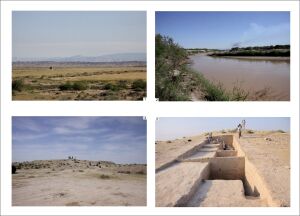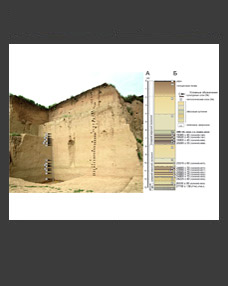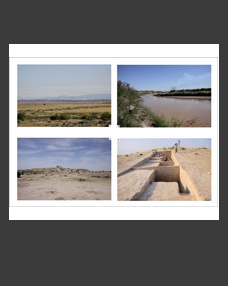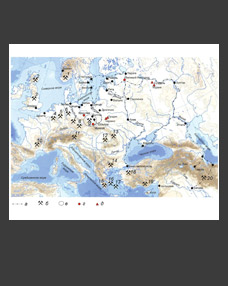 Shahmardan N. Amirov1,*, Alexei I. Jankowski-Diakonoff2,**, Rabadan G. Magomedov3,***, Maksim Yu. Menshikov1,****, Natalia Yu. Petrova1,*****, Lydia A. Gusak4,******, Murtada Hashim5,*******, Mahmud Mohsen5,********, and Rua Saad5,*********
Shahmardan N. Amirov1,*, Alexei I. Jankowski-Diakonoff2,**, Rabadan G. Magomedov3,***, Maksim Yu. Menshikov1,****, Natalia Yu. Petrova1,*****, Lydia A. Gusak4,******, Murtada Hashim5,*******, Mahmud Mohsen5,********, and Rua Saad5,*********
1Institute of Archaeology RAS, Moscow, Russia
2Institute of Oriental Studies RAS, Moscow, Russia
3Institute of History, Archaeology and Ethnography DFRC RAS, Makhachkala, Russia
4Novgorod State University, Russia
5State Board of Antiquities and Heritage, Ministry of Culture, Tourism and Antiquities, Amara, Iraq
*E-mail: shahmardan@mail.ru
**E-mail: jankowski-diakonoff@yandex.ru
***E-mail: mag-rabadan@yandex.ru
****E-mail: maxim-menshikov@yandex.ru
*****E-mail: petrovanatalya7@mail.ru
******E-mail: lika.gusak@gmail.ru
*******E-mail: murtadhaalaarajy@gmail.com
********E-mail: mhmoodmohsin330@gmail.com
*********E-mail: roaa1987saad@gmail.com
Keywords: Mesopotamian alluvium, «Fertile Crescent», deposits of the Sumerian period, deposits of the late Neolithic.
The article discusses some results of the research of the 2024 field season at Tell Wajef settlement in Maysan Governorate, southern Iraq, on the border of the Fertile Crescent zone and the alluvial plain of Mesopotamia. The excavations were focused primarily on the study of the settlement stratigraphy. The trench made across the northern slope of the tell revealed deposits of the Sumerian period and of the late period of the ceramic Neolithic. The syncretism of the material culture of the site is its unique feature resulting from its geographical proximity, on the one hand, to the alluvial plain of Southern Mesopotamia, and on the other hand, to the Zagros Mountains. While the material culture of the site is dominated by Ubaid features, there are significant traces of influences from the Zagros region.







